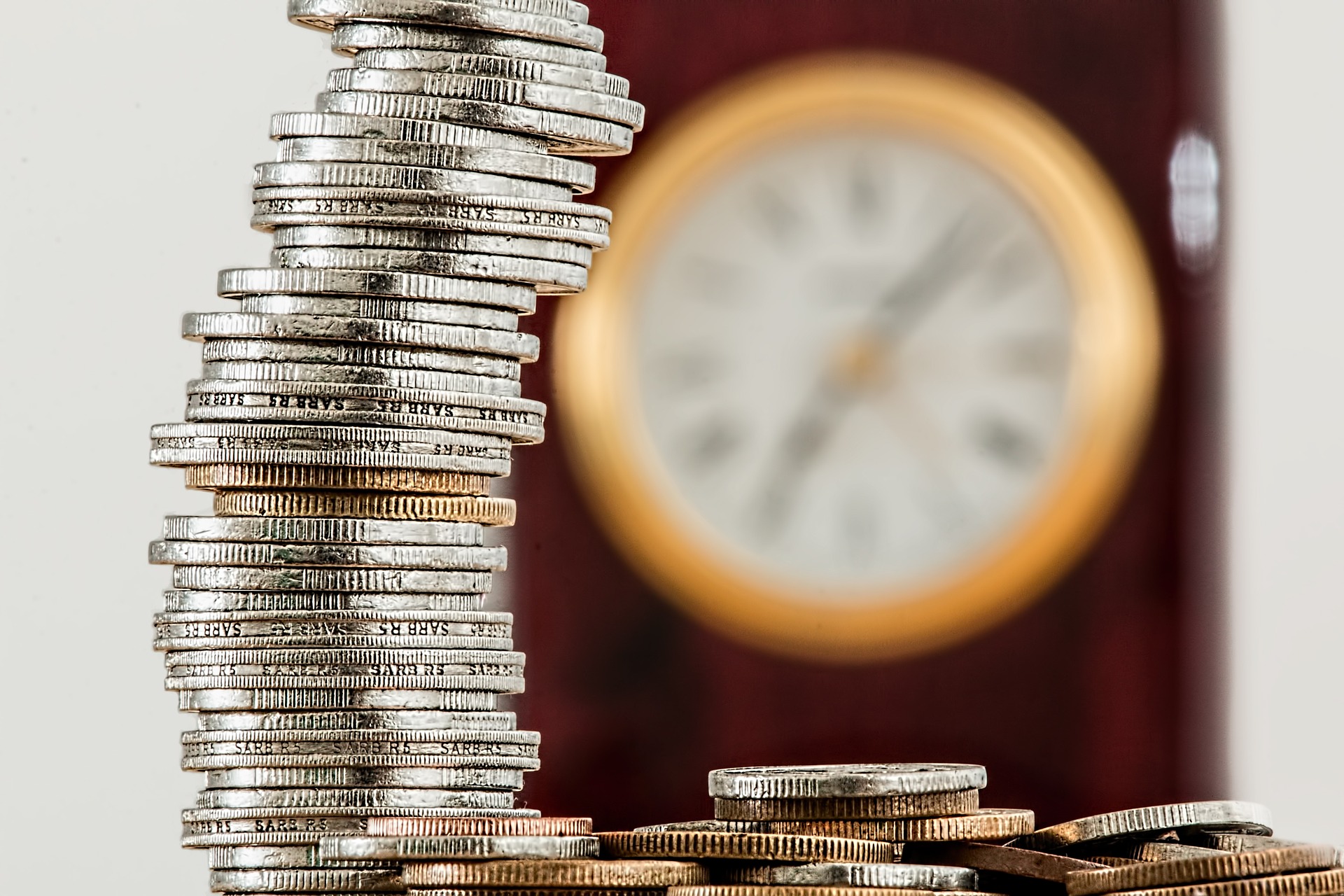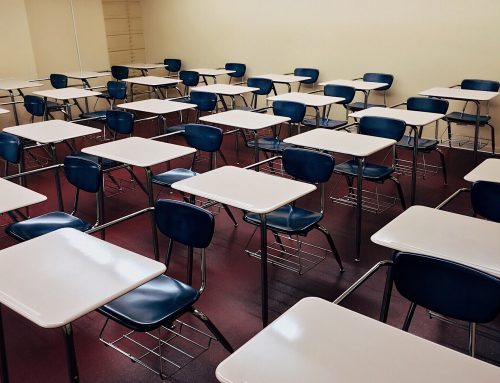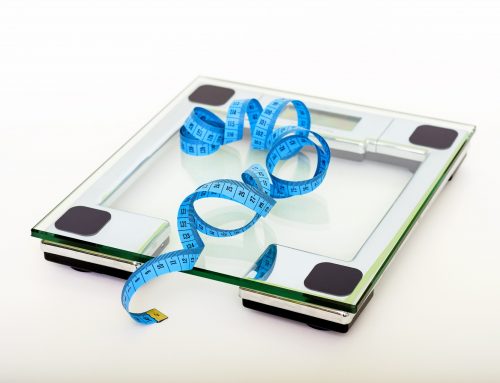When I first approached budgeting, I did so with fear and trepidation. I felt that never again would I have the joy of walking into a store, seeing something I loved and making that special purchase. But somehow, I got over my fears and proceeded with my mission. The extra money that we found as a result of budgeting was astonishing for us, and it wasn’t nearly as painful as I thought it would be.
In fact, it was extremely rewarding to be able to put away money each month and see our savings for the future grow. And even more than that, I found that by budgeting, I was able to resist those purchases that I used to make without thinking. I ended up using these purchases far less than I thought that I would and I really treasured those purchases that I had either budgeted or saved for.
The Steps to Making a Budget
So how can you make a working budget? First calculate all of your fixed expenses such as mortgage or rent, food, utilities, transportation, gas, clothing, phone, household maintenance, education, insurance etc. Leave a little buffer room for expenses that change from month to month, such as utilities. You can use a chart that looks like this:
EXPENSE CHART
| Monthly Expenses | Estimated Cost | Actual Cost |
|
Mortgage/ Rent |
$1500 |
$1500 |
|
Food |
$500 |
$450 |
|
Utilities |
$300 |
$340 |
|
Transportation (2 cars)/bus |
$100/$150 |
$235/$145 |
|
Gas (2 cars) |
$180 |
$187 |
|
Clothing |
$100 |
$125 |
|
Phone |
$100 |
$110 |
|
Household Maintenance |
$100 |
$75 |
|
Education |
$25-$250 |
$20/$250 |
|
Insurance |
$80 |
$80 |
Obviously you can add or delete any expenses that don’t apply to you and put in the numbers that apply to your situation. Once you have your estimated costs you will need to add up all income that comes into the household. Now is the time to gather up all of your pay stubs and calculate any extra cash that comes in each month (extra consulting, royalties, second jobs etc.). Add it all up, every single penny!
Once you know how much is coming in, subtract your monthly expenses. Make sure that you have considered all of your expenditures. Don’t forget babysitters, lawn care, household maintenance, cleaning help, if these apply to you.
Let’s say you have a yearly expense such as lawn care. Perhaps, during the summer months you are paying $50 for lawn care, so it adds up to $300 a year. You can either divide that expense into 12 and put away $25 a month to make sure you have enough when the summer rolls around or you can readjust your budget at the appropriate times.
Tell Your Money Where to Go
Now comes the fun part! Whatever money is left, you get to tell that money where to go! Let’s say you end up with a surplus of $500. Each household will end up with a different number. So now you need to decide as a family, how to make the best use of that money.
It is always a good idea to have some money in reserve for emergencies. The general recommendation is 3-6 months of fixed expenses. So if your monthly fixed expenses are $2500, you would want to have $7500 – 15,000 in a cash account to be used in an emergency, such as the loss of a job etc.
So now if you have an extra $500 left after expenses, you might want to start putting $200-$300 of that money away until you have built up some cash reserves. If you already have reserves – great; you might want to think about buying some stocks or bonds for future growth.
So now let’s say you have an extra $250 left each month after saving. Wow, now you get to decide how to use that. Maybe you are planning a home improvement project in the future. Now you can actually put money away each month to save for that project. If you put $100 towards that project you might want to put $50 away for household emergencies and then you can do whatever you want with that extra $100. If there is an Easy Spender in the house he/she might need that $100 to feel like he/she has some breathing room to use the money for discretionary spending or to save for something he/she will want in the future. 
Financial Serenity
The point of a budget is that you can tell your money where to go, have what you want, and still stay out of debt. If you already have debt, build an emergency fund of $1000 and after that pay off all of your debt before you start to build your expense reserves. You can find a detailed explanation of this process here.
I can guarantee that once you make a budget and stick to it, you will experience a calm and serenity that you have never known. You are now in control of your destiny!
Best of luck!
“Leah Miller is a participant in the Amazon Services LLC Associates Program, an affiliate advertising program designed to provide a means for sites to earn advertising fees by advertising and linking to amazon.com”






Leave A Comment